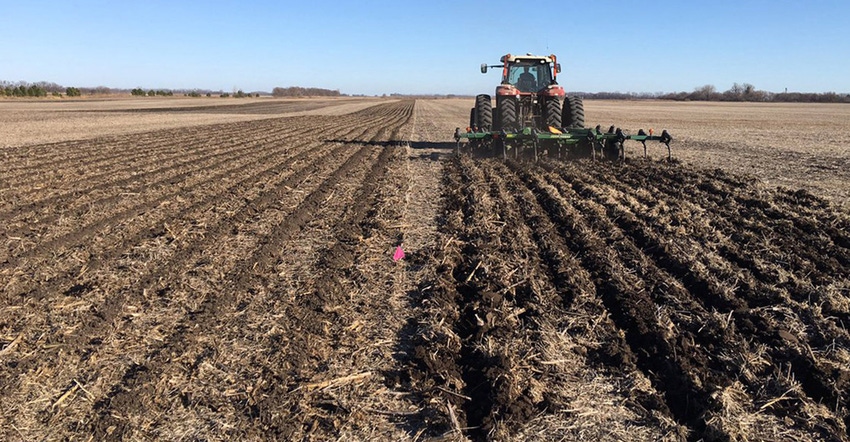August 1, 2019

Tillage has been around for thousands of years with farmers showing more interest in adapting conservation practices on their operations. But, adopting a new tillage system can be intimidating due to many real and perceived concerns. For example, some farmers presume conservation tillage will lead to lower yields and an increased risk for seedling diseases.
North Dakota State University researcher and professor Aaron Daigh and his team compared the effects of three common conservation tillage systems to the traditional method of a chisel plow with field cultivation:
Shallow vertical till
Strip till using shanks
Strip till using coulters
After four years, researchers observed that yields rarely, if ever, differed among the four tillage systems at any of the farms. Still, change is never easy. The study by Daigh and his team suggests that adapting conservation tillage practices will not cause yield losses. In fact, conservation tillage practices will lower on-farm costs while preserving long-term productivity.
“These results may ease farmers’ concerns about switching to conservation tillage,” says Daigh. “Perhaps more farmers will consider if conservation tillage practices are a good fit for their operations.”
“I encourage farmers who are interested, but hesitant, to try conservation tillage practices on one field to get more accustomed to the new system,” he says. “Then, try it out on more fields until you get your farm designed to meet your needs and goals.”
As always, the whole picture should be evaluated before making on-farm decisions. “It’s not just about yield. Economics and crop-residue for erosion protection should also guide farmer decisions.”
The research team continues to investigate, now looking into incorporating cover crops into reduced tillage practices.
Source: American Society of Agronomy, Soil Science Society of America, Crop Science Society of America, which is solely responsible for the information provided and is wholly owned by the source. Informa Business Media and all its subsidiaries are not responsible for any of the content contained in this information asset.
You May Also Like




